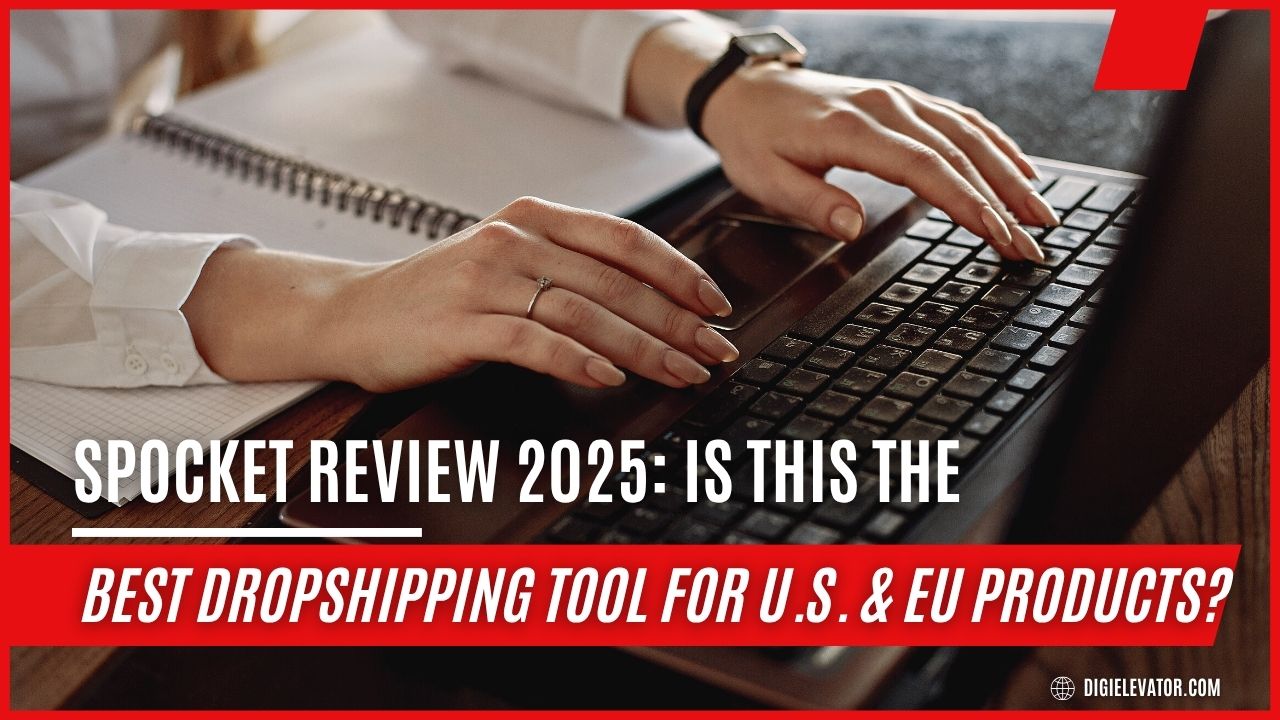Learn crucial SMS compliance advice for marketing with Postscript.Learn how to collect proper consent, manage opt-outs, and stay aligned with regulations like TCPA and GDPR to protect your brand and boost customer trust.”
Table of Contents
- Why SMS compliance matters
- Quick legal landscape (by region)
- How Postscript helps with compliance
- Core SMS compliance checklist (practical tips)
- 1. Use explicit, TCPA-safe opt-in language
- 2. Record and store proof of consent
- 3. Don’t rely on single keyword responses alone
- 4. Honor STOP/HELP instantly
- 5. Segment, minimize & respect quiet hours
- 6. Avoid purchased third-party lists
- 7. Audit message content & link safety
- 8. Keep suppression lists & DNC hygiene
- 9. Distinguish transactional messages
- 10. Keep logs, retention & audit trails
- Designing compliant opt-in flows in Postscript
- Managing opt-outs, keywords, and message flows
- Recordkeeping, audits, and how to defend a claim
- Common mistakes and how to fix them
- Quick compliance checklist (printable)
- Conclusion
- FAQs
Intro — quick snapshot
If you’re using Postscript to run SMS marketing, you’re in a smart spot: Postscript includes built-in features that help with consent capture, keyword flows, and compliance reporting. But even the best platform won’t protect you from legal risk if your opt-ins, messaging, or recordkeeping aren’t handled correctly. This guide breaks down the real rules, Postscript-specific features, and clear, actionable tips you can use today to keep your SMS program safe, legal, and effective.
Why SMS compliance matters
Legal risk and financial exposure
Not only is it impolite to text clients without getting their permission, but it’s also costly.In many jurisdictions (notably the United States under the TCPA), violations can lead to statutory damages per message, class actions, or hefty regulatory fines. Always assume that sloppy opt-ins or poor records put you at risk. Federal Communications CommissionReuters
Customer trust & deliverability
Beyond court cases, compliance protects your brand and improves deliverability. Customers who feel spammed will report and unsubscribe, carriers may flag your numbers, and your sending reputation drops. Compliance and relevance = long-term ROI.
Quick legal landscape (by region)
United States — TCPA & FCC guidance
The Telephone Consumer Protection Act (TCPA) is the core U.S. law governing automated marketing texts. For most marketing SMS messages, you need “prior express written consent” — essentially clear, conspicuous consent that covers automated marketing to that mobile number. The FCC and courts have influenced how this reads in practice; recent developments make documentation and explicit consent more important than ever. Federal Communications CommissionActiveProspect
CTIA industry standards
CTIA provides industry best practices for messaging — not law, but carriers and aggregators use CTIA guidance to set interoperability and messaging norms. CTIA stresses clear opt-ins, easy opt-outs (STOP/HELP), and content rules that protect consumers. Follow CTIA to avoid carrier filtering or throttling. CTIA API
European Union — GDPR & ePrivacy
In the EU, SMS marketing is subject to GDPR (data processing rules) and often the ePrivacy Directive (email/SMS rules). That generally means explicit consent, purpose limitation, data minimization, and easy withdrawal. If you rely on legitimate interest for other comms, don’t assume it covers bulk SMS marketing. European CommissionKlaviyo Help Center
Canada — CASL
Canada’s Anti-Spam Legislation (CASL) treats SMS as a commercial electronic message (CEM). CASL requires express or implied consent for CEMs, clear identification, and an unsubscribe mechanism. Buying lists can be particularly risky. crtc.gc.ca
Other markets
Rules vary — some countries require local opt-in language, do-not-call registries, or specific consent records. When in doubt, treat every number as if strict consent is required.
How Postscript helps with compliance
Consent collection tools & templates
Postscript offers opt-in flows (checkout, popups, keyword signups, QR codes) and templates that let you include compliant consent language and record metadata at signup. Use those built-ins rather than free-form text fields to capture consistent proof of consent. help.postscript.iopostscript.io
Transactional vs. marketing classification
Postscript allows you to tag messages as transactional or marketing. Transactional messages (order updates, shipping alerts) often have a different legal footing than promotional texts — classify correctly to avoid mistakes. help.postscript.io
Postscript compliance resources
Postscript maintains help center articles, compliance checklists, and legal whitepapers that explain exactly where to put TCPA-style language, how to structure keywords, and how to use their platform features. Use them as your first resource. help.postscript.iopostscript.io
Core SMS compliance checklist (practical tips)

Below are the most actionable steps that reduce legal and operational risk. Treat this like your daily checklist.
1. Use explicit, TCPA-safe opt-in language
Make consent copy crystal clear. A solid example reads: “By providing your mobile number and opting in, you consent to receive recurring automated marketing messages from [Brand] at this number. Msg & data rates may apply. Reply STOP to opt out.” Capture that exact language near the phone field or popup. Courts and the FCC look for this level of transparency. ActiveProspecthelp.postscript.io
2. Record and store proof of consent
Save the timestamp, the exact copy shown, IP or checkout metadata, the checkbox state (if applicable), and the consent method (popup, checkout, keyword). Postscript logs some of this for you — ensure you export and back up records regularly. These records are your best defense in a dispute. help.postscript.io
Read More:-
How Apollo.io Helps You Scale Cold Email Campaigns
How Dealfront Finland Oy Helps You Identify Ideal Customers
LearnWorlds Review: Best Features for Online Course Creators
How Later Helps You Manage Multiple Social Accounts
Exploring DesignCap and FlexClip by PearlMountain Limited
3. Don’t rely on single keyword responses alone
A user texting a keyword like “SALE” can be a valid opt-in path, but courts have sometimes found keyword replies insufficient by themselves unless the message flow included clear consent language. If using keyword signups, include pre-consent language on the sign where the keyword is advertised, or follow with a confirmation opt-in flow. ActiveProspectpostscript.io
4. Honor STOP/HELP instantly
Always implement STOP to unsubscribe and HELP to explain messaging. Postscript automates this — but test it. CTIA and carriers expect instant opt-outs and clear unsubscribe confirmations. CTIA APIhelp.postscript.io
5. Segment, minimize & respect quiet hours
Send fewer, targeted marketing messages. Avoid early morning/late night sends (follow local norms). Targeting reduces complaints and improves deliverability.
6. Avoid purchased third-party lists
Buying lists is a fast route to complaints, spam traps, and legal exposure — many laws require consent from the specific sender. If you must use a third-party list, get written assurances (and records) that every number had consent to receive marketing from third parties — and keep the paperwork. crtc.gc.caEuropean Commission
7. Audit message content & link safety
Avoid misleading claims, profanity, and malicious links. Track where URLs redirect (use UTM parameters for tracking without exposing privacy risks).
8. Keep suppression lists & DNC hygiene
Maintain global suppression lists (bounces, STOPs, unsubscribes). Sync Postscript with your CRM and fulfillment tools to ensure no accidental re-additions.
9. Distinguish transactional messages
If a message is transactional (order update, password reset), mark it so. Transactional texts often don’t require the same marketing consent — but mislabeling can create liability. help.postscript.io
10. Keep logs, retention & audit trails
Retain consent records for a sensible period (industry practice often suggests several years). Keep copies of the exact consent copy shown to users. These logs help resolve disputes and audits.
Designing compliant opt-in flows in Postscript

Checkout opt-in checkbox (best practices)
- Use an unchecked or explicit checkbox that sits near the phone number field (or a clear banner) that includes the exact consent copy.
- Don’t bury consent in long terms & conditions. The consent text must be prominent and near the method of collection. help.postscript.io
Popups, QR codes, and keyword signups
- Popups should have a clear call to action and copy that follows the TCPA.
- QR codes should link to a page with the consent language before capturing the number.
- Keyword signups must have corroborating on-site or offline consent language where the keyword is promoted. postscript.io
Example compliant consent copy
“”Yes, I would want to get special offers from [Brand] through SMS. I consent to receiving automated marketing messages on my provided number on a regular basis. Msg & data rates may apply. Reply STOP to cancel, HELP for help.”
Use this as a template — customize brand name and exact CTA.
Latest Post
Managing opt-outs, keywords, and message flows
STOP, HELP, and confirmations
Design your STOP flow to:
- Immediately unsubscribe the user;
- Send a short confirmation message (e.g., “You have been unsubscribed from [Brand] messages. Reply HELP for support.”);
- Log the opt-out metadata. Carriers and regulators expect immediate and correct handling. CTIA APIhelp.postscript.io
Test automation & handover to support
Run scheduled tests for STOP/HELP and keyword flows. Ensure customer support can re-subscribe customers only after a valid opt-in is captured.
Recordkeeping, audits, and how to defend a claim
What to log — timestamps, IPs, copy of consent
Store: the consent text shown, timestamp, method (popup/checkout/keyword), IP address (or last four of device), user agent, and any related order or account ID. These are the documents you’ll present if a claim arises. Postscript stores some elements; export and archive as necessary. help.postscript.io
How audits reduce risk
Schedule quarterly audits: check suppression lists, test flows, and verify that no number is on multiple lists incorrectly. Audits detect accidental re-adds or misconfigured automations early.
Common mistakes and how to fix them
- Mistake: Using vague consent language. →Fix: Revise the text to use clear TCPA wording and note the modification. ActiveProspect
- Mistake: Buying a list and blasting messages. → Fix: Stop, verify consent documentation, and purge non-verifiable numbers. crtc.gc.ca
- Mistake: Treating every message as transactional. → Fix: Label messages correctly; add consent where needed. help.postscript.io
Quick compliance checklist (printable)
- Explicit opt-in language near phone field
- Timestamps + consent copy archived for each opt-in
- STOP/HELP automated and tested
- Transactional vs marketing tags applied
- No purchased lists without verifiable third-party consent
- Suppression lists synced across systems
- Quiet hours configured & respected
- Regular audits & exports of consent logs
Conclusion
SMS marketing is one of the highest-ROI channels you can run — but it’s also legally sensitive. Using Postscript gives you strong tooling to collect consent, manage keywords, and automate compliance workflows. The two non-negotiables are: (1) get explicit, documented consent, and (2) keep clean records and suppression lists. Follow CTIA/industry guidance, comply with local laws (TCPA, GDPR, CASL, etc.), test your flows, and treat consent records like precious legal evidence. Do that and your SMS program will be both effective and resilient.
Disclaimer: This article summarizes common compliance practices and public guidance — it is not legal advice.See a knowledgeable lawyer for difficult situations or legal certainty in your jurisdiction.Federal Communications CommissionEuropean Commission
FAQs
Q — Is a checkout checkbox enough for TCPA compliance?
A — A well-designed, conspicuous checkbox with precise consent language that references automated marketing and includes STOP instructions is generally advisable. Still, you must save the exact copy shown and other metadata; courts examine context. Use Postscript or similar tools to record that data.
Q — Can I use a keyword (Text SAVE to 12345) to collect consent?
A — Keyword signups can work, but make sure the promotion (sign, ad, landing page) shows the full consent language. In many cases, keyword-only flow without prior disclosure may be risky.
Q — What happens if a customer texts STOP?
A — You must immediately stop sending marketing messages, confirm the opt-out, and log it in your suppression lists. Failing to honor STOP can lead to carrier penalties or regulatory issues.
Q — Does GDPR allow SMS marketing with consent?
A — Yes — but you need explicit, freely given consent for direct marketing in many EU contexts, and you must honor data subject rights (access, deletion). Also consider ePrivacy rules that govern electronic communications.
Q— Are purchased phone lists ever safe?
A. — They’re high-risk. If you rely on third-party lists, require written proof that the list owner collected explicit, transferable consent for marketing by third parties — and keep that proof. Many brands choose not to purchase lists to avoid risk.


















